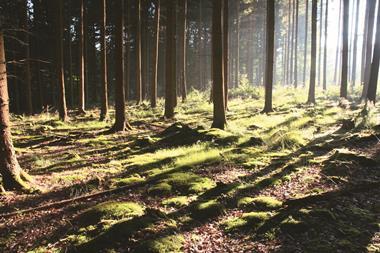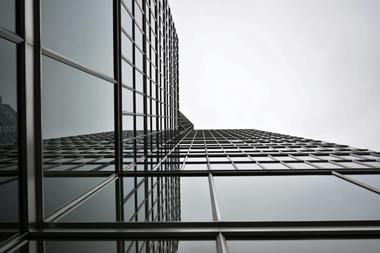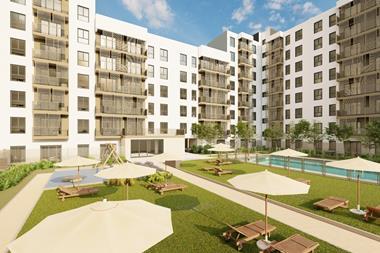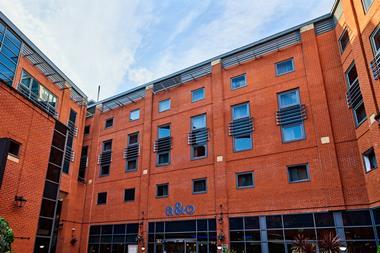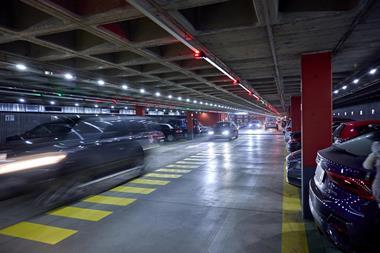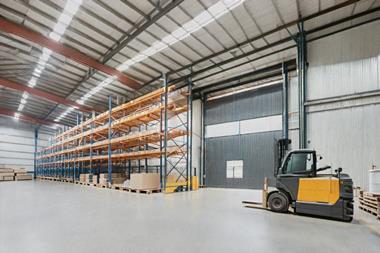Investors, including the Singaporean and Australian governments, have backed New Forests to raise an initial US$120m (€108m) for its latest Asia fund, which offers investors a blend of conventional commercial forestry investment returns and high sustainability goals.
The global forestry asset manager’s Tropical Asia Forest Fund 2 (TAFF2) fund expects to raise at least US$250m and up to US$300m in a second close later this year.
The manager’s predecessor fund, TAFF, launched in 2013, raised US$170m for deployment into Indonesia, Malaysia and Laos.
The strategy of TAFF2 was crafted with inputs from its founding investors, including the David and Lucile Packard Foundation and Europe’s TotalEnergies.
David Brand, New Forests’ chief executive, told IPE Real Assets New Forests’ initial investments in Indonesia and Malaysia were the first large-scale forestry plantations linked with conservation and community outreach programmes.
What New Forests was trying to achieve caught the eye of the likes of Temasek, others, including the Asian Development Bank, Sumitomo Mitsui Trust Bank, and the Australian government participated in TAFF2’s first close.
“This is a new group, and, in a sense, the strategy and the structure of TAFF2 has been designed from the ground up with (these) high impact investors,” Brand told IPE Real Assets.
“This fund offers investors two types of investments within the fund – Class A and Class B.”
Class A is a conventional forestry investment offering nominal returns of 14% -18%; Class B is an impact investment aiming for “super-charged” sustainability outcomes.
Brand said TAFF2 was ready to deploy its capital and is due to sign off on its first investment in April. “We have a strong pipeline of deals.”
Asked if TAFF2 could become a template for New Forest’s other investments, like those in Africa, Brand said: “When you look at the tropical belt – Southeast Asia, Latin America and Africa – there is both opportunity and challenge.
“The opportunity is to grow high-quality forestry plantation that supports long-term sustainable wood fibre, which is increasingly in demand in society. Second, the challenge is stopping and reversing deforestation.”
To read the latest edition of the latest IPE Real Assets magazine click here.






